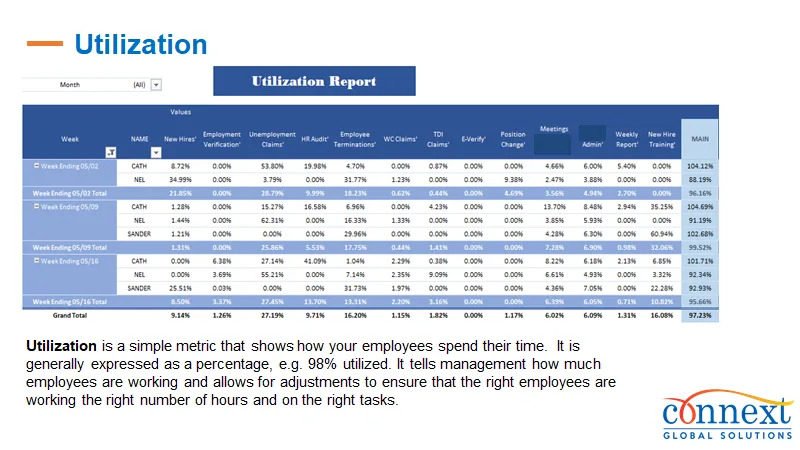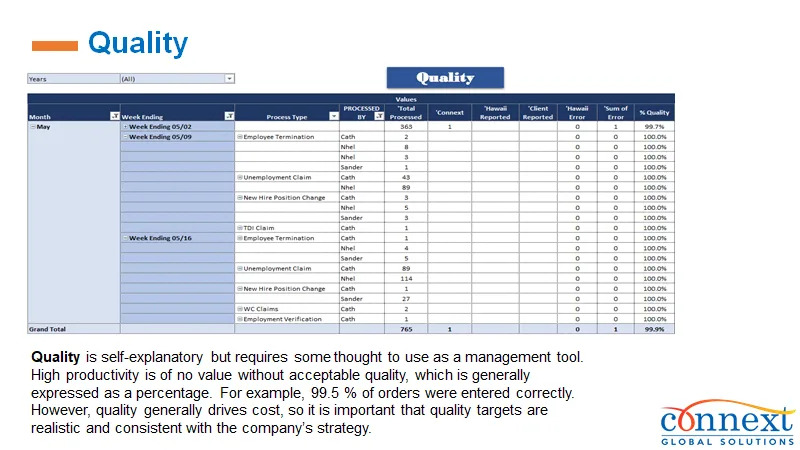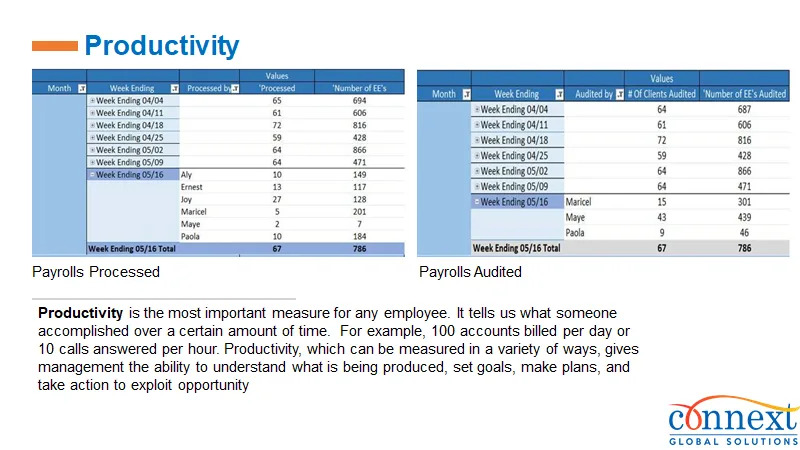Public school districts across the United States face growing administrative burdens, budget constraints, and teacher shortages while striving to provide quality education. To meet these challenges, many districts are turning to outsourcing solutions as a strategic way to enhance operational efficiency and allow educators to focus on their primary mission—teaching students.

Why Public School Districts Are Outsourcing
Outsourcing involves delegating non-core functions to external service providers, enabling schools to streamline operations, reduce costs, and improve service quality. Here’s why more school districts are adopting this approach:
Cost Savings
Outsourcing helps districts manage tight budgets by reducing overhead costs related to staffing, training, equipment, and administrative expenses. Service providers operate at economies of scale, allowing districts to reinvest savings into classroom resources and student programs.
Access to Specialized Expertise
School districts often require expertise in areas such as IT support, cybersecurity, and student services that may not be available in-house. Outsourcing provides access to skilled professionals with industry knowledge and experience in handling these functions efficiently.
Improved Efficiency and Performance
By outsourcing administrative and operational tasks, schools can streamline workflows, enhance service quality, and improve turnaround times. This leads to better support for teachers, staff, and students, ensuring a smoother educational experience.
Compliance and Risk Mitigation
Education systems are subject to strict regulations, including FERPA (Family Educational Rights and Privacy Act) for student data security. Professional service providers ensure compliance with these regulations while reducing the risk of data breaches and non-compliance penalties.

What Public School Districts Commonly Outsource
Facilities Management
School districts outsource custodial services, groundskeeping, and building maintenance to ensure facilities are well-maintained, safe, and compliant with health and safety standards.
IT Support and Cybersecurity
With the rise of digital learning, schools need robust IT infrastructure and cybersecurity measures. Outsourcing IT services ensures up-to-date technology, system security, and technical support without the need for an in-house team.
Transportation Services
Managing student transportation is complex and costly. Many districts outsource school bus operations to optimize routes, maintain safety standards, and improve efficiency.
Food Services
Outsourcing cafeteria services can improve meal quality, meet nutritional standards, and lower costs while ensuring smooth operations and staffing flexibility.
Special Education Services
Districts often require specialized support for students with Individualized Education Plans (IEPs), including speech therapy, occupational therapy, and behavioral support. Outsourcing ensures access to experienced professionals while maintaining compliance with special education laws.
Administrative Functions
Payroll processing, human resources, and accounting services are commonly outsourced to reduce errors, streamline operations, and improve compliance. External providers help school districts manage complex financial and personnel tasks efficiently, ensuring adherence to labor laws and financial regulations.
Challenges of Outsourcing in Public School Districts
While outsourcing offers numerous benefits, there are challenges to consider:
Quality Control
Ensuring that outsourced services meet district standards requires strong vendor management, clear performance metrics, and regular audits.
Community and Staff Concerns
Job displacement concerns among staff and community members can arise. Clear communication and stakeholder involvement in decision-making help build trust and transparency.
Data Security and Privacy
When outsourcing IT services, it’s crucial to ensure student and staff data is protected through strong security policies and compliance with education data protection laws.
Best Practices for Successful Outsourcing in School Districts
To maximize the benefits of outsourcing, public school districts should follow these best practices:
- Conduct a Needs Assessment
Identify which functions can be outsourced while aligning with the district’s educational goals. - Select Reputable Vendors
Choose partners with proven experience, compliance expertise, and strong service-level agreements. - Establish Clear Contracts
Define expectations, performance metrics, compliance requirements, and quality benchmarks in contracts. - Engage Stakeholders
Include teachers, staff, parents, and the community in the outsourcing decision-making process to build trust. - Monitor Performance

Regularly review vendor performance, track key performance indicators (KPIs), and adjust agreements as needed to ensure ongoing success.
For a deeper dive into how outsourcing can improve administrative efficiency, check out how higher education institutions benefit from outsourcing.
Explore Connext’s Education Support Services
Connext provides dedicated staffing solutions to help school districts and educational institutions optimize their operations. From back-office support to IT services, our tailored outsourcing solutions enable you to focus on student success while we handle the rest.
Learn more about our Administrative and Back-Office Support services.
Contact Connext Today
Outsourcing can help your school district reduce costs, enhance efficiency, and stay focused on delivering quality education. Partner with Connext to access a skilled, dedicated team that supports your operational needs.
Get in touch with Connext today to explore customized outsourcing solutions for your school district.









